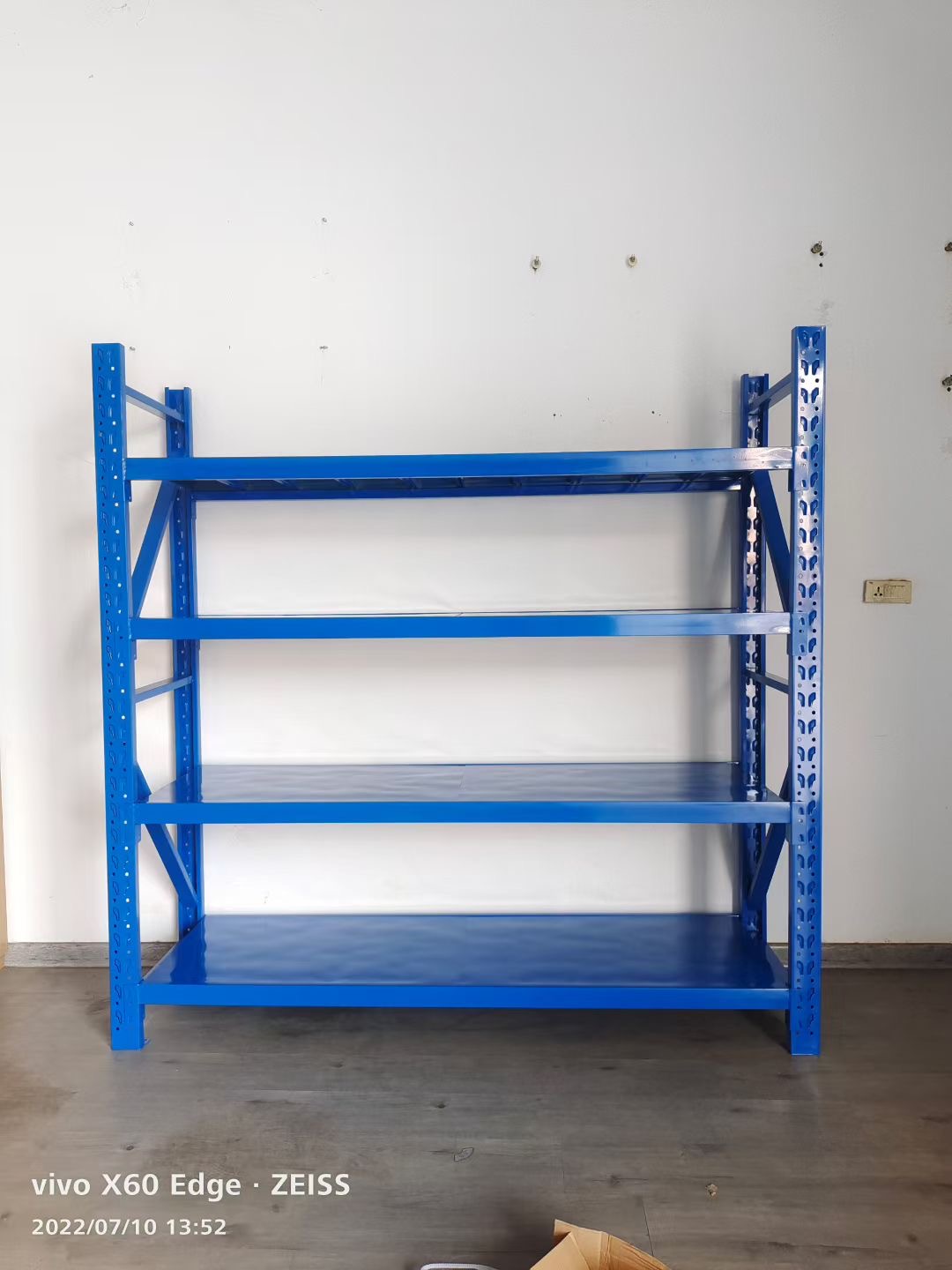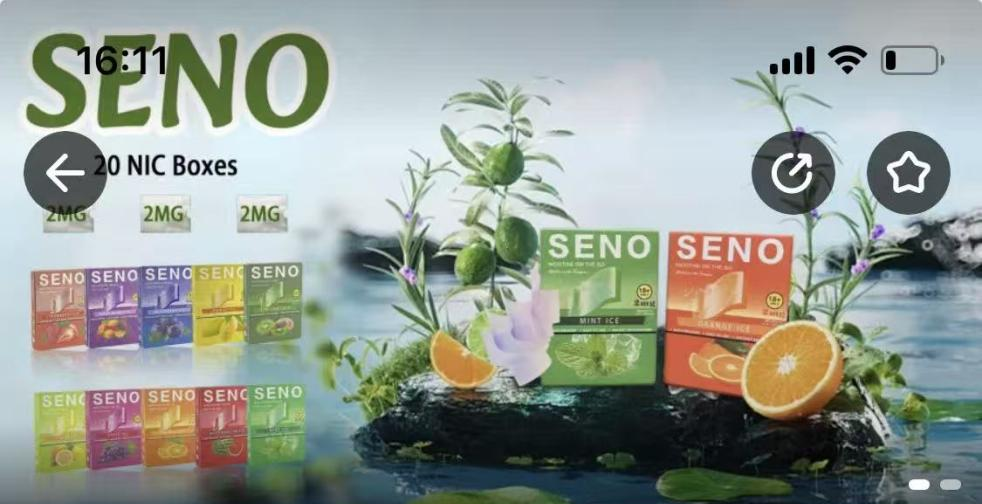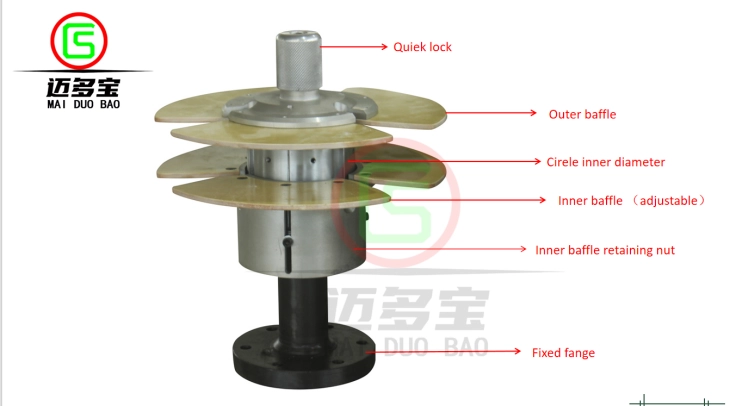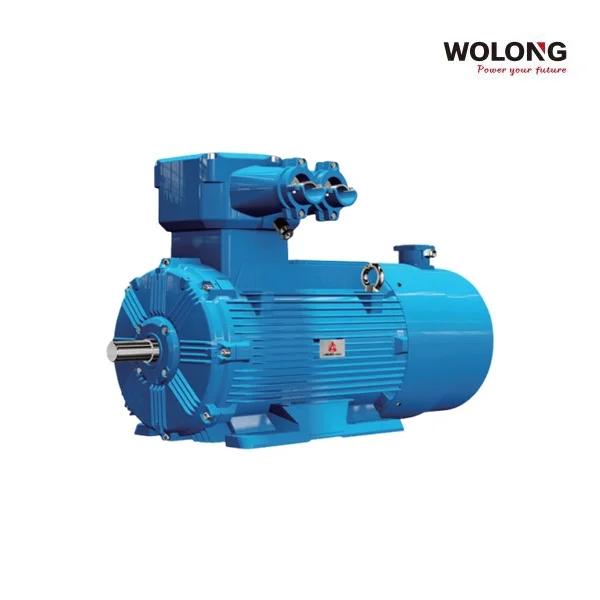Moisture intrusion through concrete is a common concern for homeowners, builders, and property managers alike. It can lead to a host of problems, including structural damage, mold growth, and compromised indoor air quality. Understanding how to effectively stop moisture from penetrating concrete is crucial for maintaining the integrity of your structures. In this article, we will explore various strategies, techniques, and materials that can be employed to combat this pervasive issue.
Understanding the Causes of Moisture Intrusion
Before delving into prevention methods, it’s essential to understand the mechanisms behind moisture intrusion. Concrete is a porous material, which means it can absorb water from various sources, including:
- Groundwater: Hydrostatic pressure from the soil can push moisture through the concrete.
- Rainwater: Surface water can seep into cracks or porous areas of concrete.
- Humidity: High humidity levels can lead to condensation on cooler concrete surfaces.
Recognizing these sources is the first step in developing an effective moisture management strategy.
- Proper Site Preparation
The foundation of moisture control begins long before the concrete is poured. Proper site preparation can significantly reduce the risk of moisture intrusion:
- Grading: Ensure that the site is graded away from the foundation to prevent water pooling.
- Drainage Systems: Install French drains or other drainage systems to divert water away from the structure.
- Vapor Barriers: Use polyethylene sheeting as a vapor barrier beneath the concrete slab to prevent moisture from the ground from rising.
- Selecting the Right Concrete Mix
The composition of the concrete mix can also influence its moisture resistance. Consider the following:
- Water-Cement Ratio: A lower water-cement ratio can reduce porosity and increase strength. Aim for a ratio of 0.45 or lower.
- Additives: Incorporate water-repellent additives or admixtures that enhance the concrete's resistance to moisture. These can include hydrophobic agents or crystalline waterproofing compounds.
- Surface Treatments
Once the concrete is poured and cured, surface treatments can provide an additional layer of protection against moisture intrusion:
- Sealants: Apply penetrating sealers that fill the pores of the concrete, reducing water absorption. Look for products that are breathable to allow moisture vapor to escape while preventing liquid water from entering.
- Coatings: Consider using waterproof coatings, especially in areas prone to high moisture exposure, such as basements or exterior surfaces.
- Maintenance and Monitoring
Preventing moisture intrusion is not a one-time effort; it requires ongoing maintenance and monitoring:
- Regular Inspections: Periodically check for cracks, spalling, or other signs of wear in the concrete. Address any issues promptly to prevent moisture from entering.
- Reapplication of Sealants: Depending on the product used, sealants may need to be reapplied every few years. Follow manufacturer recommendations for maintenance.
- Advanced Solutions
For more severe moisture issues, consider advanced solutions:
- Interior Drainage Systems: Installing an interior drainage system can help manage water that does penetrate the concrete. This system collects water and directs it to a sump pump, preventing accumulation.
- Dehumidification: In areas with high humidity, using dehumidifiers can help control moisture levels and prevent condensation on concrete surfaces.
Conclusion
Stopping moisture from coming through concrete requires a multifaceted approach that begins with proper site preparation and continues through the selection of materials, surface treatments, and ongoing maintenance. By understanding the causes of moisture intrusion and implementing effective strategies, you can protect your concrete structures from the damaging effects of moisture. Whether you are a homeowner, contractor, or property manager, taking proactive steps will ensure the longevity and integrity of your concrete installations.







